The Lord Of The Rings: The Rings Of Power Showrunners’ Façade For Their Respect Of Tolkien Completely Falls Apart At San Diego Comic-Con
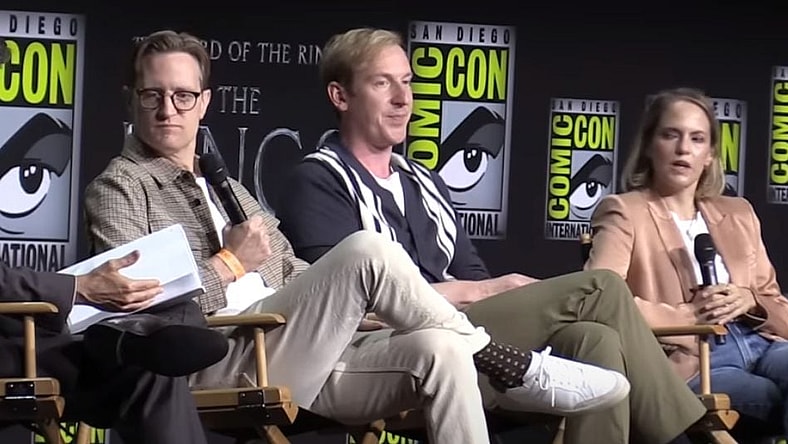
The Lord of the Rings: The Rings of Power showrunners JD Payne and Patrick McKay attempted to hype up the upcoming Prime Video series during a Hall H panel at San Diego Comic-Con. However, the opposite happened as the more they talked about the show, the more their professed respect love for Tolkien’s work was revealed to be talking points with no truth behind them.
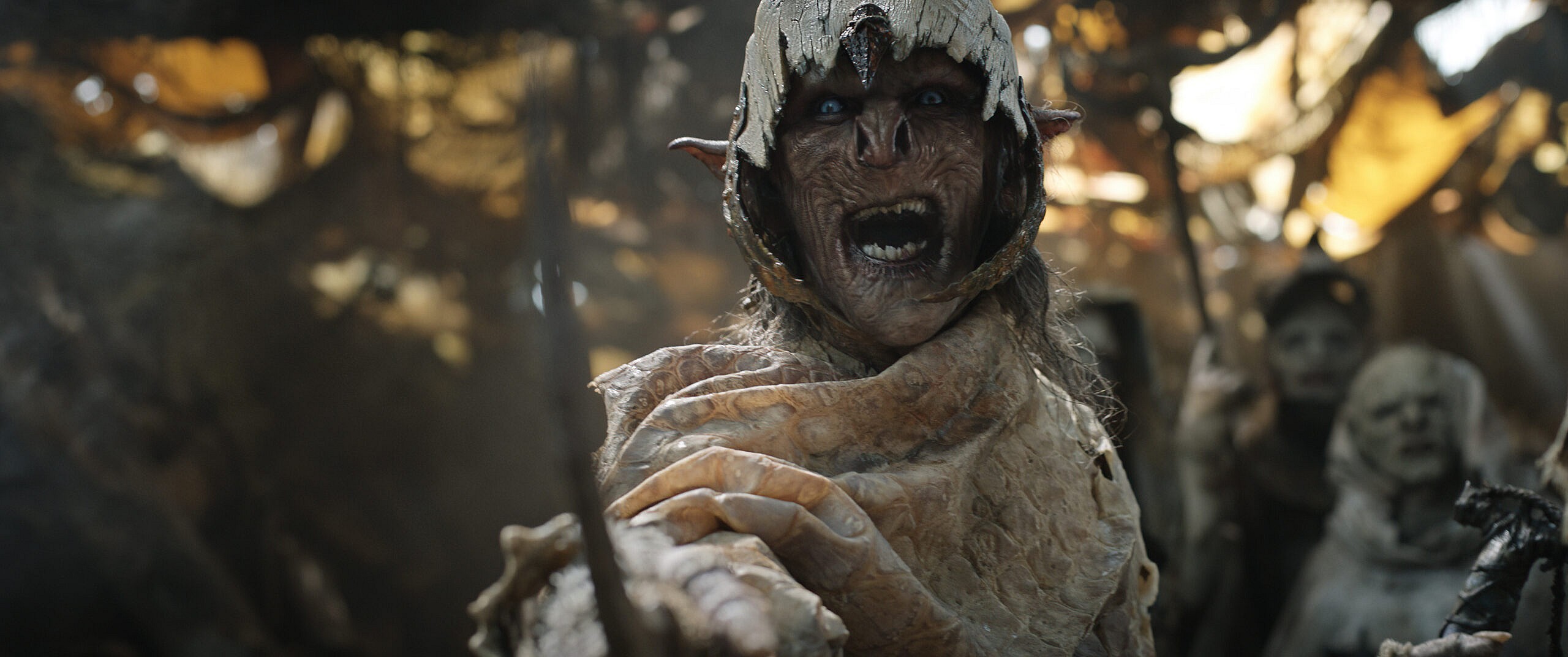
At the very beginning of their portion of the Hall H panel, they were asked by moderator Stephen Colbert, “I’m curious what Tolkien means to each of you, when did you first encounter him, and why do you love Arda?”
Both showrunners would punt the question to executive producer Lindsey Weber who answered, “I was a kid who loved to read so I came to it through the books early and just never stopped reading them. They’ve always been there for me.”
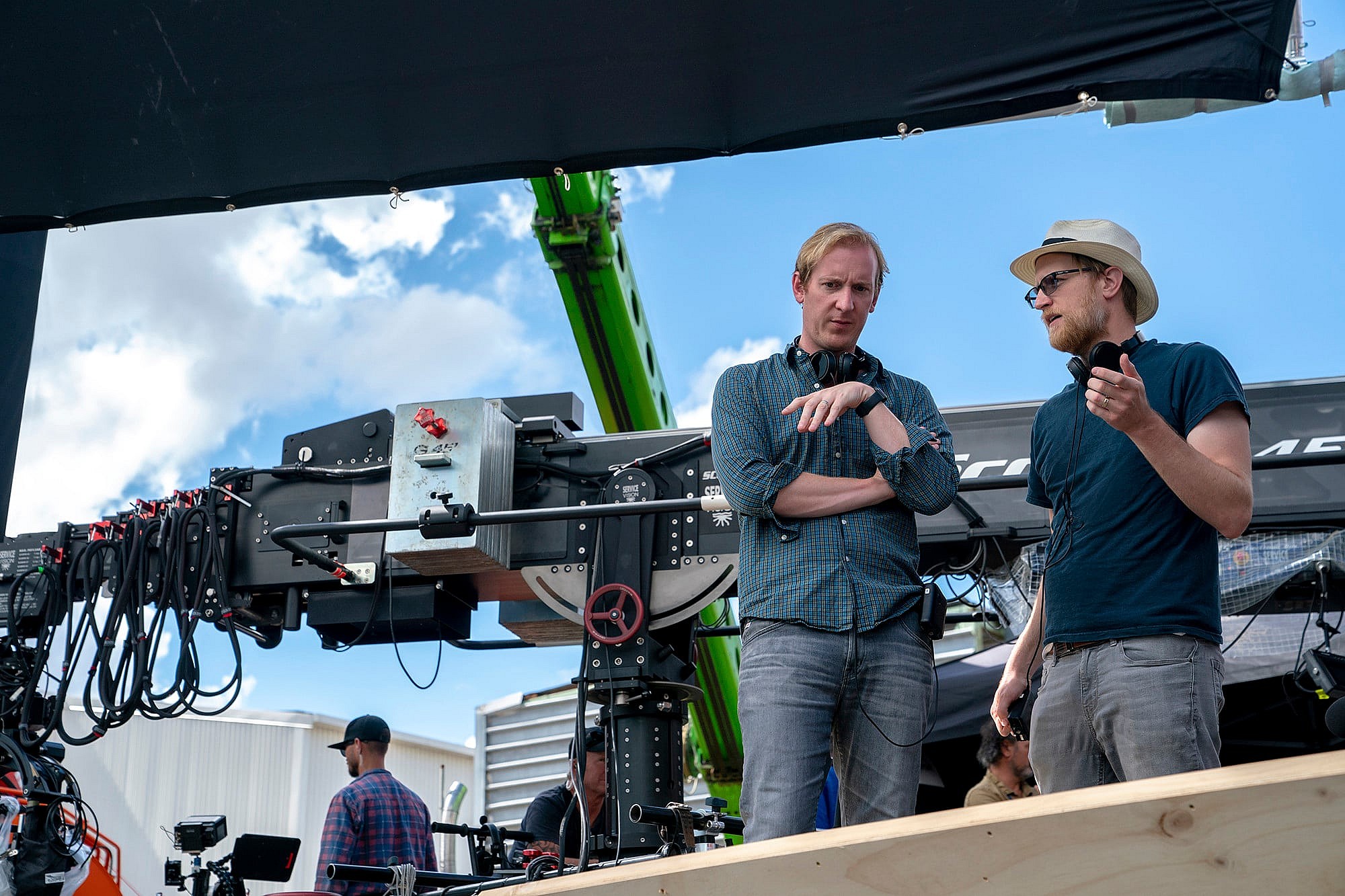
Showrunner Patrick McKay then shared, “I read The Hobbit in fifth grade and then went straight on through The Lord of the Rings and was waiting every moment for those movies to come out and have done the deep dive and we really, really love this material and this world.”
JD Payne admitted he came to Tolkien’s work through Peter Jackson’s movies saying, “I came to the party through the Jackson films and then did the deep dives on the books: The Silmarillion, Unfinished Tales, the whole nine yards. And fell in love to the point where Lord of the Rings became part of my personal canon, not just of literature, but of life. It’s something that I go to in the biggest, most difficult moments of life.
“Tolkien makes its way into eulogies for loved ones who have died. Tolkien makes its way into birth announcements. … Tolkien speaks the language of the soul and its there for us in those moments,” he added.
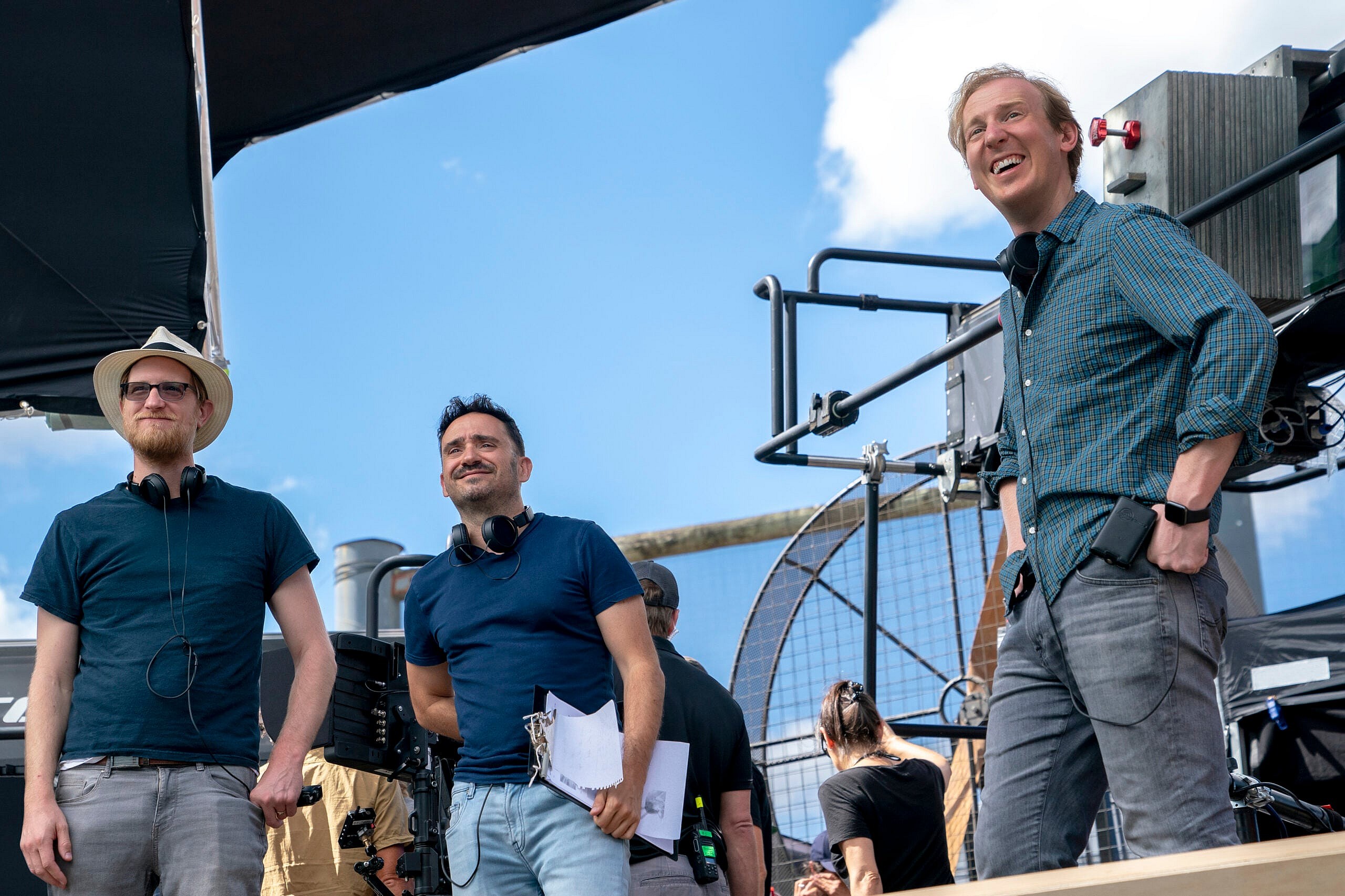
RELATED: Actor Lenny Henry Confirms Radical Changes To Hobbits In Amazon’s The Lord of the Rings Series
McKay would then add, “It’s a really rare thing for an author, director, anyone making collective art to truly create an optimistic work of art and that’s something to be valued and that’s what this is.
“Because so often it becomes like Hallmarky or saccharine, and Lord of the Rings is not that,” he continued. “It’s born of pain and struggle and evil. And still comes out at the end saying there’s a reason for hope, and friendship, and bravery are greater powers than evil. And that’s something that I think we just hold really dear.”
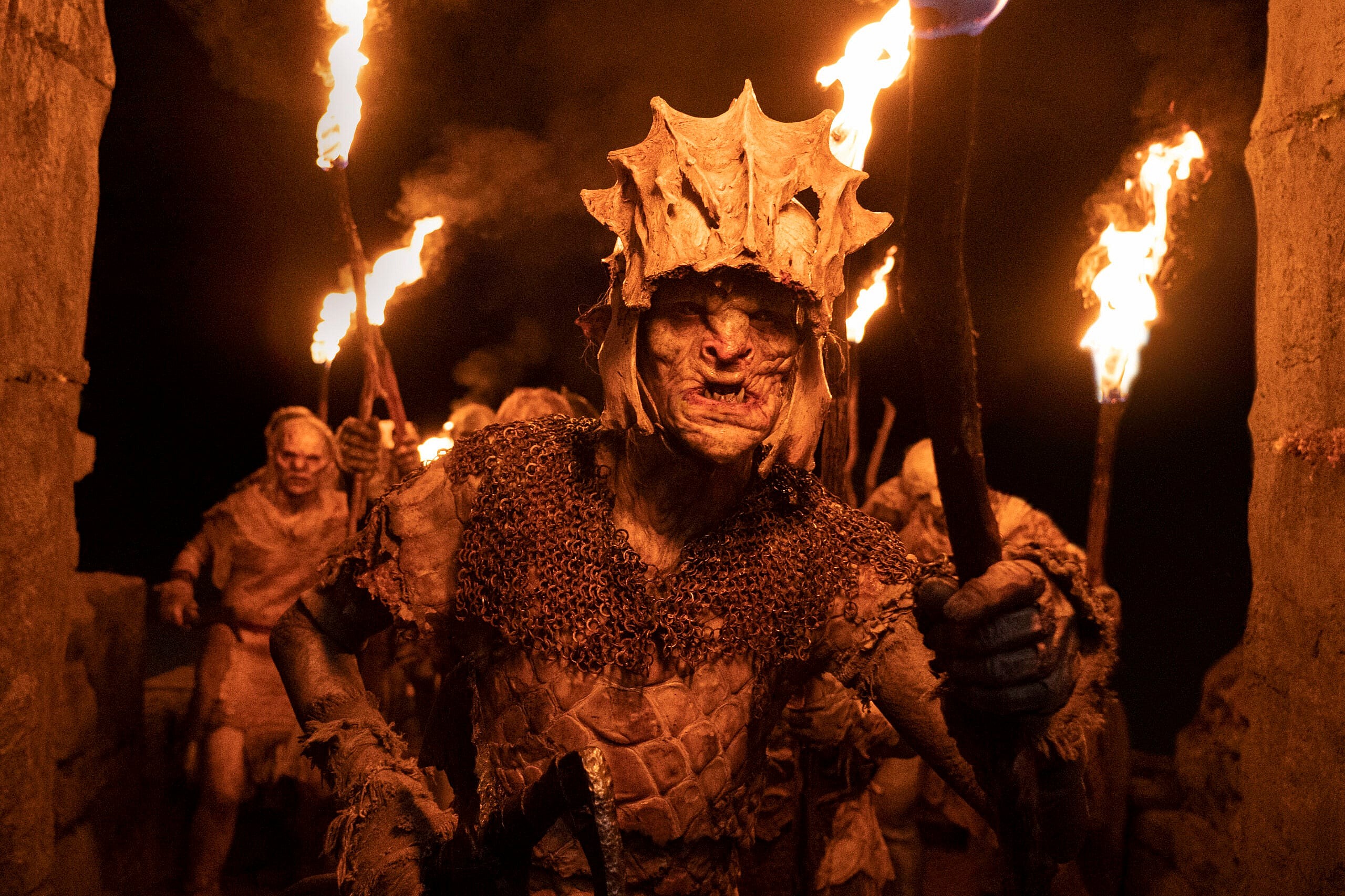
Later in the discussion, Colbert asked, “There are characters played by actors who will be out here in just a moment who are not canonical to Tolkien, that must be one of the greatest challenges, how do you fill out that world with characters that are implied — they are implied cultures that you are drawing from, but they are not necessarily described to the depth that you are going to represent them. What guidance did you take for those characters’ creations?”
Payne replied, “We had the privilege of working with Tolkien scholars like Tom Shippey and amazing linguists, and also had loremasters that were part of writers room that would help us make sure we were really honoring both the letter and the spirit of the legendarium.”
“But Tolkien gave us all these amazing clues about cultures in the Second Age,” he said. “Concerning Hobbits, he talks about the ancestors of Hobbits, where there’s Stoors, Fallohides, and Harfoots. And he gives us just a couple tantalizing paragraphs about Harfoots. But then you take those clues in there and you say cool, what kind of society would — he talks about their wandering days.”
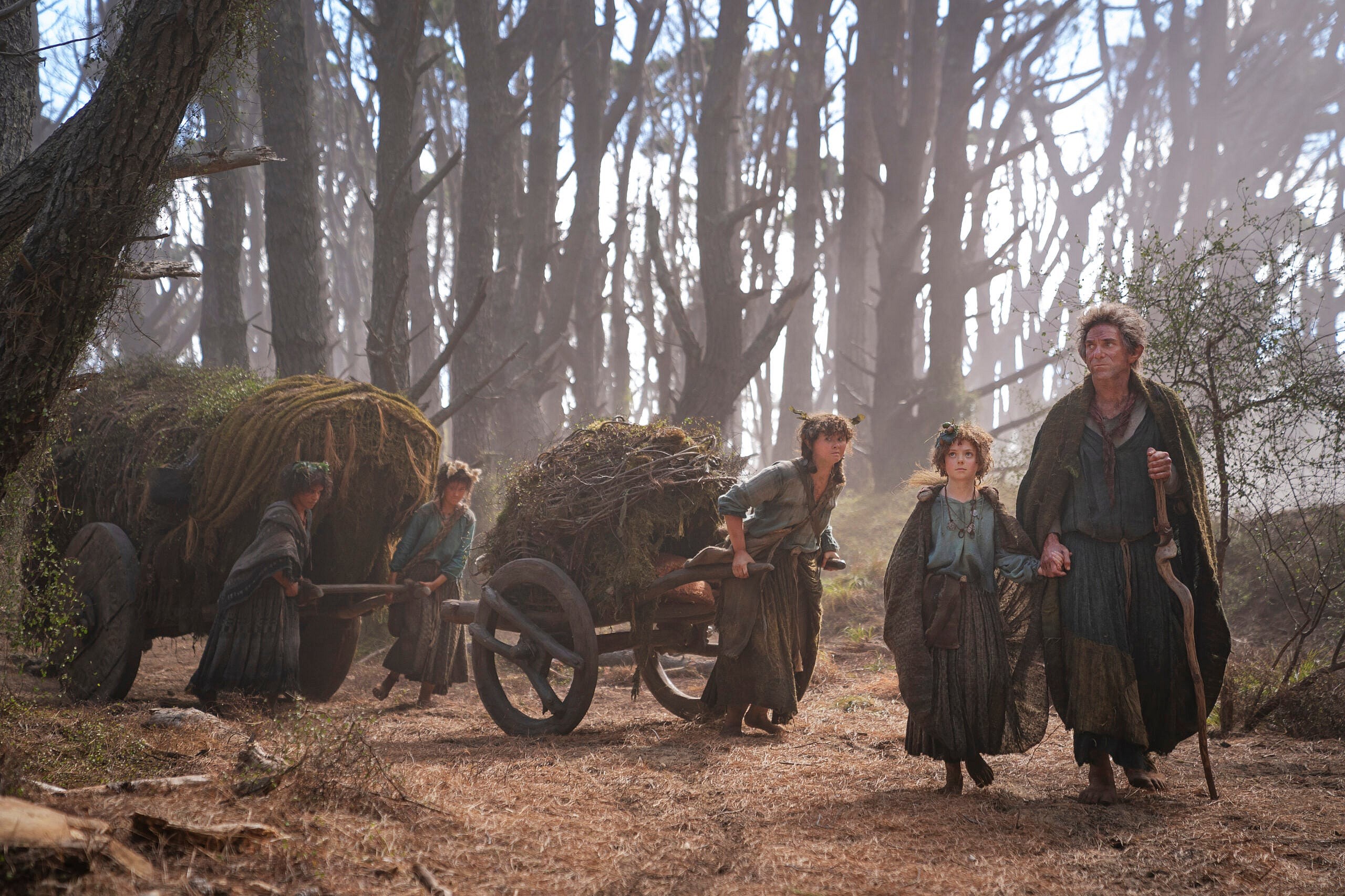
“So you say okay imagine these sort of migratory, wandering Hobbits. What’d they be like? How are they similar to Hobbits in the Third Age? How are they really different? So piecing those clues together and also doing what Tolkien himself did, which would be go back to our world and look at the heroic sagas, and myths, and stories, and draw inspiration from them to sort of help bring a verisimilitude to the characters he was creating,” he elaborated.
“So, one, always back to Tolkien. And two, when Tolkien was silent, we tried to invent as Tolkienian a way as possible,” he concluded.
McKay then said, “Go back to the book. Go back to the book. Go back to the book.”
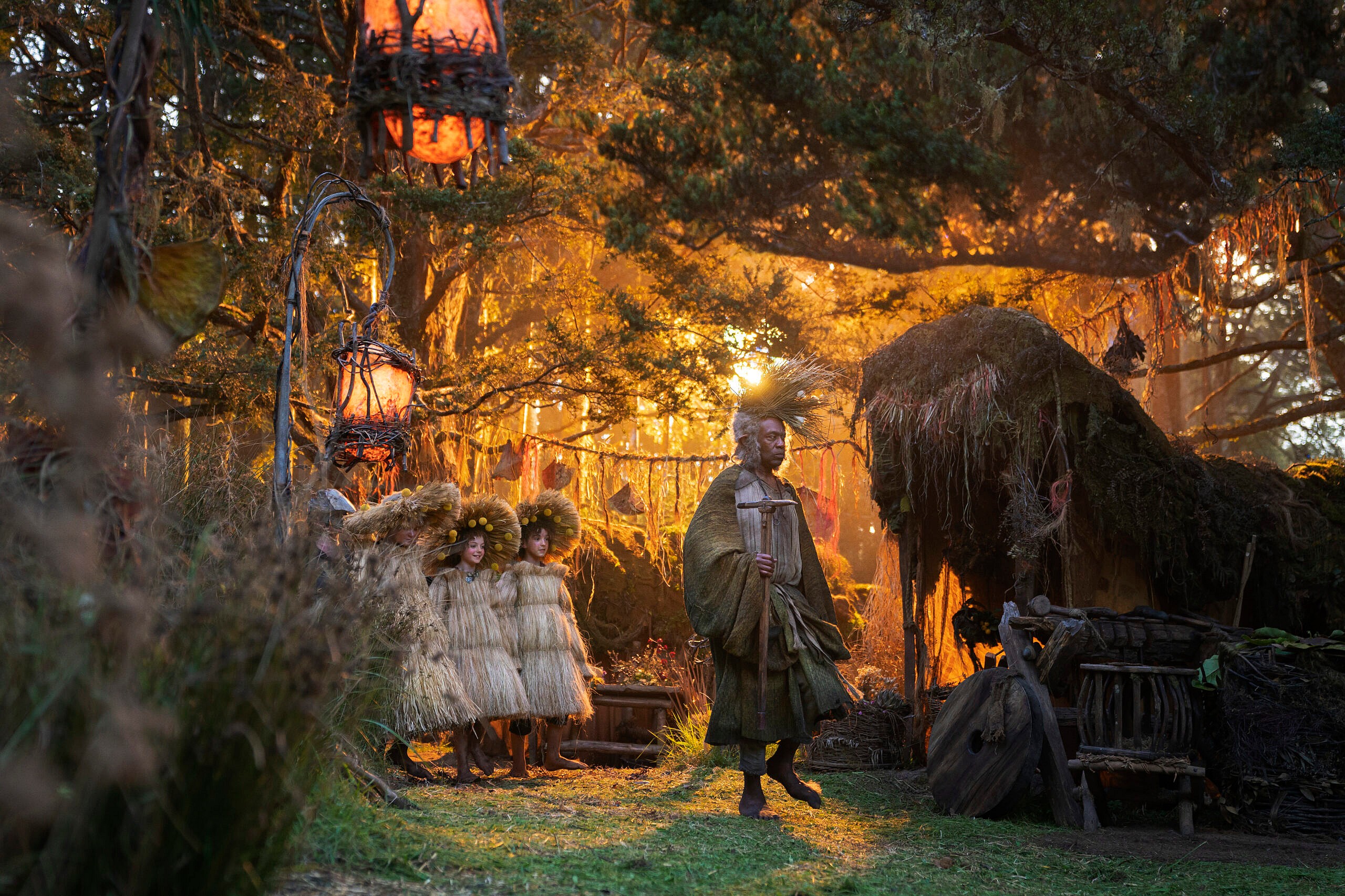
When they got around to fan questions at the end of the panel, Colbert asked, “Why is there a Hobbit story in the Second Age?”
Payne replied, “Well, it’s actually technically not a Hobbit story, it’s a Harfoot story. And so Tolkien doesn’t say anything about Harfoots not having done anything amazing in the Second Age. He sees it as Hobbits before the Third Age didn’t do anything impressive. So we felt we had license there to tell a good Harfoot story.”
McKay then added, “It was really important to us from minute one that what makes Tolkien’s tone unique and special is the blend of all of these cultures and what each of them bring to Middle-earth. And what each of them represent. The underdogs and the smallest people being able to do great deeds. We could not imagine a version of this show that didn’t have a version of that in some form. And went deep into the text to find it and we think there’s a beautiful, wonderful story there that you guys are really going to love.”
Despite their proclamations of being dedicated to Tolkien’s work and that they always went back to the book, the truth revealed itself in Payne’s words when he made it abundantly clear he never made it past page three of The Fellowship of the Ring.
On page 3, Tolkien clearly writes, “Before the crossing of the mountains the Hobbits had already become divided into three somewhat different breeds: Harfoots, Stoors, and Fallohides. The Harfoots were browner of skin, smaller, and shorter, and they were beardless and bootless; their hands and feet were neat and nimble; and they preferred highlands and hillsides.”
After describing the Stoors and Fallohides, Tolkien continued, “The Harfoots had much to do with Dwarves in ancient times, and long lived in the foothills of the mountains. They moved westward early, and roamed over Eriador as far as Weathertop while the others were still in Wilderland. They were the most normal and representative variety of Hobbit, and far the most numerous. They were the most inclined to settle in one place, and longest preserved their ancestral habit of living in tunnels and holes.”
Clearly, Harfoots are Hobbits. They are not the ancestors of Hobbits. They are Hobbits. Tolkien makes this clear not once, but twice and does so in short order.

Not only does Tolkien make it clear that Harfoots are Hobbits, but he also makes it clear that Hobbits are not even mentioned in the histories until the Third Age when a tribe of Harfoots arrive in Eriador in 1050.
Appendix B states, “The Periannath are first mentioned in the records, with the coming of the Harfoots to Eriador.”
In the prologue to The Fellowship of the Ring, Tolkien also wrote, “The beginning of Hobbits lies far back in the Elder Days that are now lost and forgotten. Only the Elves still preserve any records of that vanished time, and their traditions are concerned almost entirely with their own history, in which Men seldom appear and Hobbits are not mentioned at all.”
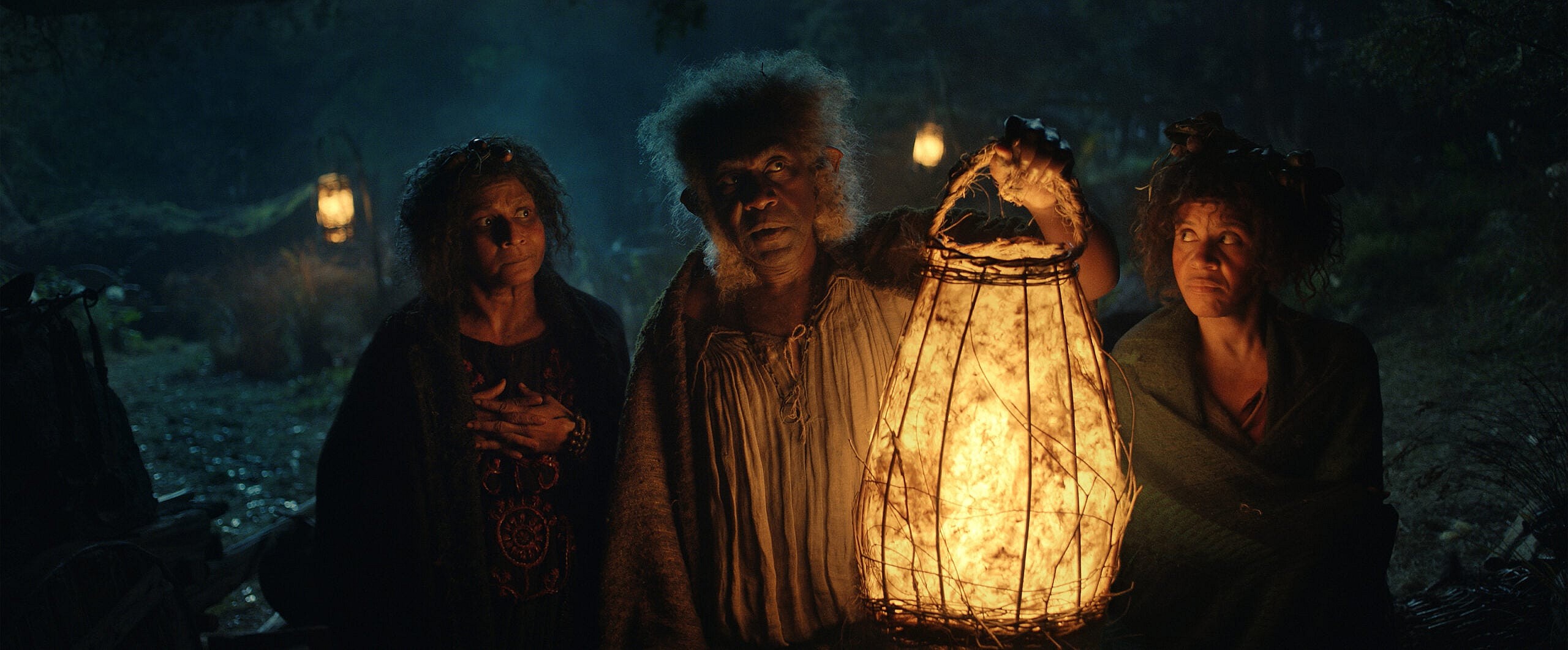
As for the Wandering Days, Tolkien writes, “Their own records began only after the settlement of the Shire, and their most ancient legends hardly looked further back than their Wandering Days. It is clear, nonetheless, from these legends, and from the evidence of their peculiar words and customs, that like many other folk Hobbits had in the distant past moved westward.”
“Their earliest tales seem to glimpse a time when they dwelt in the upper vales of Anduin, between the eaves of Greenwood the Great and the Misty Mountains. Why they later undertook the hard and perilous crossing of the mountains into Eriador is no longer certain. Their own accounts speak of the multiplying of Men in the land, and of a shadow that fell on the forest, so that it became darkened and its new name was Mirkwood,” Tolkien detailed.
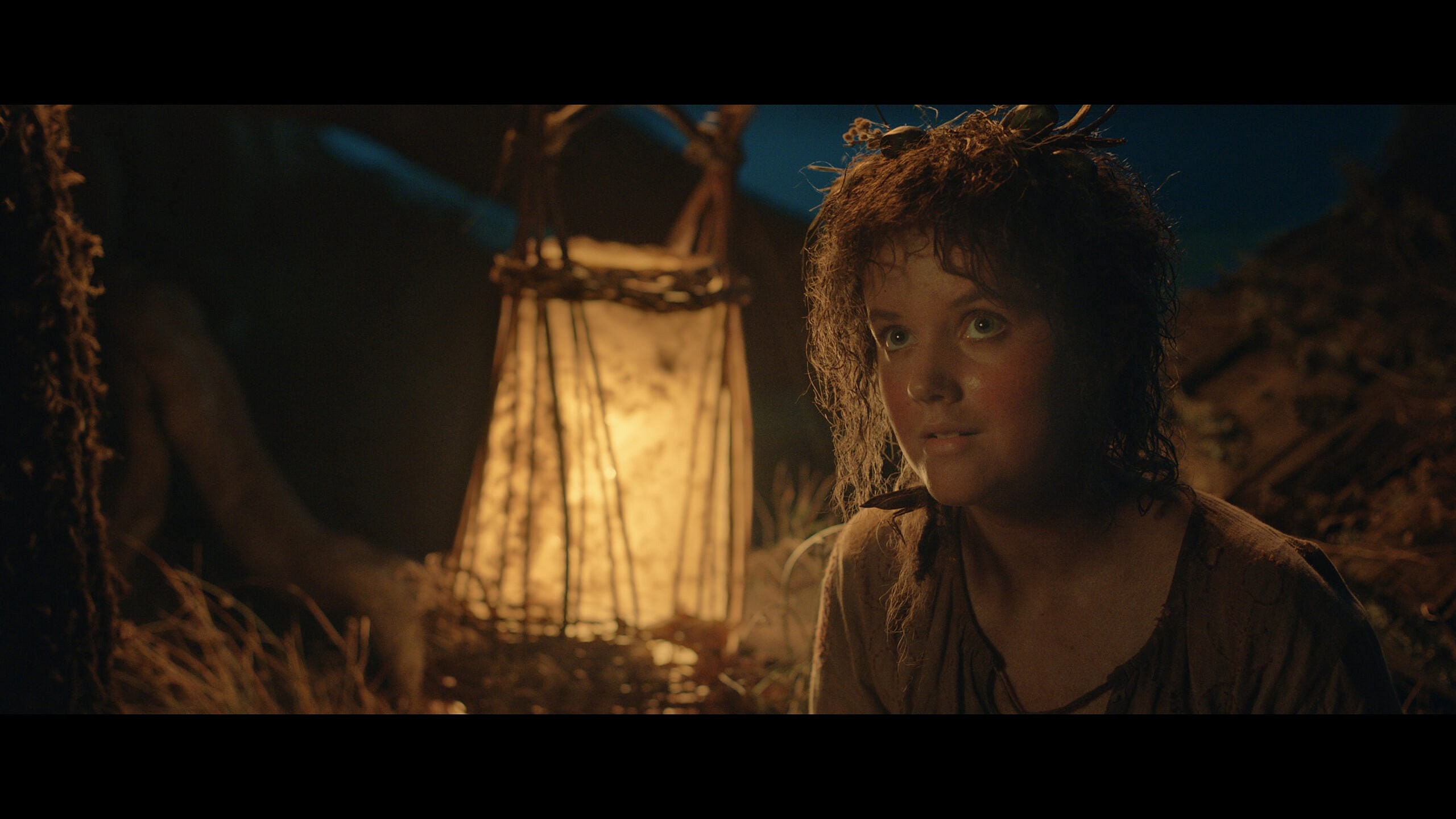
It’s clear both McKay and Payne are only paying lip service to fans when they say they always look to Tolkien’s work. Because if they actually did look at Tolkien’s work they would realize that Harfoots are Hobbits. Hobbits did not enter the histories until the Third Age albeit they had been around since Elder Days. However, they kept to themselves and even migrated westward seemingly because of Men multiplying.
This is all in the prologue of The Fellowship of the Ring and within the first five pages of the book.
